Surge in rats during covid-19
https://www.leicestermercury.co.uk/news/uk-world-news/surge-rats-across-uk-45-4173627?utm_source=linkCopy&utm_medium=social&utm_campaign=sharebar
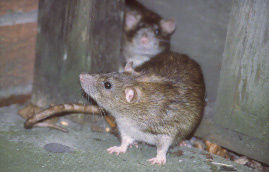
https://www.leicestermercury.co.uk/news/uk-world-news/surge-rats-across-uk-45-4173627?utm_source=linkCopy&utm_medium=social&utm_campaign=sharebar
Glis-Glis (Edible Dormouse)
The edible dormouse was accidentally introduced to England in the town of Tring through an escape from Lionel Walter Rothschild’s private collection of six in 1902. As a result the British population of Glis-glis is now thought to be about 10,000. They are concentrated in a 200 square mile triangle between Beaconsfield, Aylesbury and Luton the area known as the Chilterns. This is the only area in the country they are found.
There nickname is the seven sleepers because they hibernate for seven months of the year November to May.
WHAT DO THEY LOOK LIKE
Glis-glis look like a small grey squirrel they are actually closer related to a dormouse (hence the name edible dormouse). They are grey in colour with a bushy tail and large eyes. An adult male will reach about 8-10 inches in length.
WHAT DO YOU DO IF YOU THINK YOU HAVE GLIS-GLIS
Under the Wildlife and Countryside Act 1981 Glis-glis are protected and the act prohibits certain types of killing and trapping them. The remove may require a licence and should only be done by professionals. If you think you may have Glis glis please contact us for advice.
Grey Squirrel
The grey squirrel is native to the USA and is a very adaptable species. In Britain the grey squirrel has few nature predators. This has lead to its rapid population growth and has caused the species to be classed as a pest. It can cause damage to roof spaces when nesting and to lawns when burying food such as nuts.
The grey squirrel is thought to be main reason in the decline of the red squirrel. This is thought to be because of the grey squirrel’s greater fitness hence a competitive advantage over the red squirrel.
In the UK if a grey squirrel is trapped under the wildlife and countryside act 1981 it is illegal to release it or allow it to escape into the wild. Instead they should be humanely destroyed.
Treatments include:
Proofing (e.g. squirrel accessing loft via roof)
Culling (Shooting)
Live trapping
These are the only treatment methods we use. There are other treatments such spring trapping and warfarin poising but we feel our methods are the most humane and least likely to affect a non-target species.
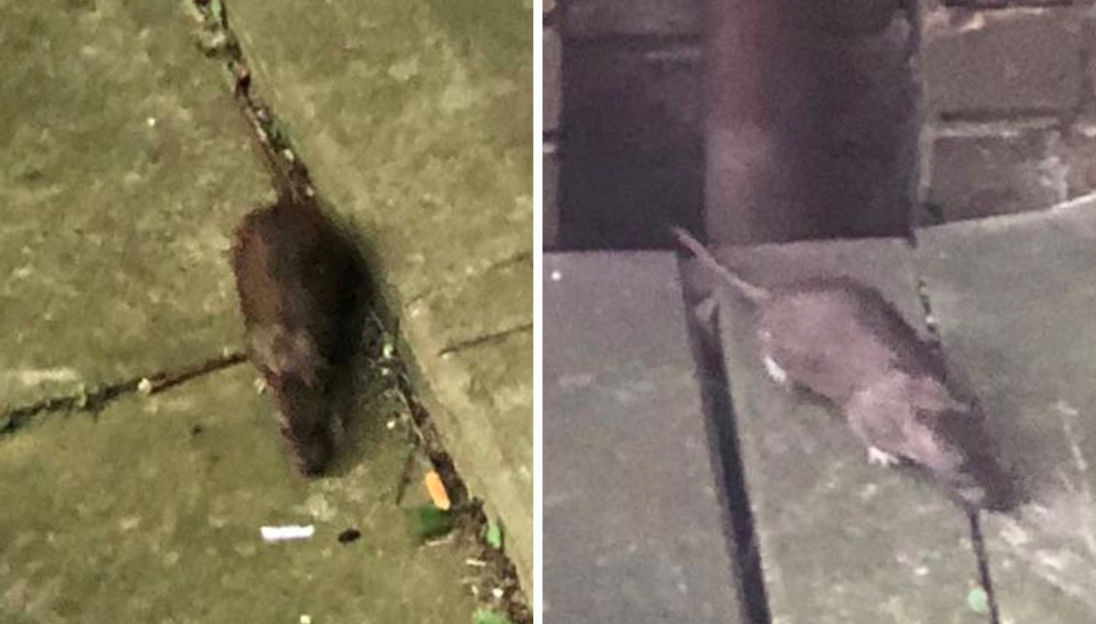
Two Berkshire towns plagued by rats which have become immune to poison Two towns in Berkshire are suffering a rise in the rat population because vermin have developed near-immunity to standard poisons, pest control experts have warned. Almost all animals used in laboratories either die in testing or are killed at the end of the experiment Photo: GETTY 2:27PM BST 03 May 2009 The British Pest Control Association (BPCA) is calling on the Government to allow the use of more powerful pesticides to contain Britain’s growing rodent population. It is estimated that their numbers have swelled by 13 per cent in the past year to more than 50 million, one for every person living in England. Infestations in some towns and cities have reportedly doubled in the past 12 months. Exeter council has seen a 66 per cent rise in vermin call-outs in 2008, while there was a 40 per cent rise in Salford. The BPCA says the situation has also escalated in two Berkshire towns, which it has not named, because the local rat population is now almost completely resistant to the standard poisons. Oliver Madge, chief executive of the BPCA, said: “We are very concerned about this from a public health point of view.” A Freedom of Information request found Reading Borough Council tackled 428 rodent infestations in homes between April 2008 and January 2009, and 646 between April 2005 and April 2006. Local newspapers there have reported that the town’s ratcatchers are so busy they are facing a three-week backlog. The association will hold talks with the Department of Health this week about what can be done to control the vermin. Pest control experts want the law changed so that two powerful rodenticides, brodifacoum and flocoumafen, can be applied outdoors. Currently their use is only allowed inside properties. Other EU countries allow the use of the powerful poisons outside, but there is concern this endangers birds and pets. Rats and mice are capable of spreading more than 35 diseases, including a fever inducing nausea and muscle aches passed to humans either via a bite or the rodent’s urine. Years of mild winters and wet summers have helped to their population to multiply, as well as the increase in recycling. Mr Madge said: “We are encouraged to recycle, but the rats tunnel under compost and they find it’s nice and warm and they have food.” From the: The Telegraph on wednesday 10 october 2012

Plague of mutant ‘super rats’ infests Britain
An increasing number of Britain’s rats are mutating to become immune to commonly sold poisons, scientists have warned.
Yahoo! News – 17/10/2012
Yahoo! News UK – A plague of mutant rats resistant to most poisons have been found in areas of the UK (Image: Rex)An increasing number of Britain’s rats are mutating to become immune to commonly sold poisons, scientists have warned.
Research from Huddersfield University found 75 per cent of rats in Bristol, Gloucestershire and Wiltshire, had built up a resistance to the poisons. The most serious mutations have affected rats in Bath and Wiltshire. Experts say the rise is down to an incorrect use of poisons, where people have used dosages that are too low. Rats which are resistant to the poison are fattened up by the bait, with survivors going on to mate with other resistant rodents.
This allows a generation of rats that are resistant to existing poisons to build up. Dr Dougie Clarke, head of biological sciences at Huddersfield University, said: “Some pest control companies are still using the same rodenticides -Bromadiolone and Difenacoum – in areas where there are resistant rats and things need to change.
“We’re wiping out the normal susceptible rats and we’re going to be left with resistant rats only in this area so alternatives have to be found so we’re not using these poisons.”
Wildlife experts are also concerned about the risk to other animals -especially cats – which may hunt the rats.
Andy Beddows, a rat catcher from Gloucester, said poison inside the rat could be passed on to animals, including birds of prey, which eat the rodents.
He said: “If you’re putting poison down and it’s one of the mutant strain, if it takes a belly full of rodenticide you may as well be giving it sugar puffs.”
The study aims to survey 25 councils across the country and test samples from 600 rats. So far researchers have tested around 300 rats.
Dr Clarke said that all rats in Gloucestershire, Wiltshire and Bath could be resistant to poisons within 10 years.
Best of Yahoo! News
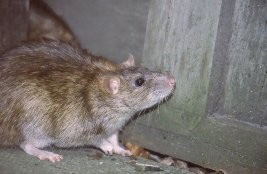
A mother described how her baby daughter was attacked in her cot by a foot-long rat. Lindsey Molyneux went to check on 16-month-old Lolly, who had woken up crying, and found her covered in blood with deep bite marks on a hand. She and husband Michael, 41, then saw the rat scurrying around their one-bedroom flat in Camden. Mrs Molyneux, 30, said it also chewed through Lolly’s pyjama bottoms. She said: “Lolly began crying through the monitor and I went in because I didn’t want her to wake her twin Lily. “She was shaking and I thought she was just having a nightmare. “Then she was sick and as I took her clothes off I saw all the blood. It was gushing out of her hand. We couldn’t figure out what had happened as we have no pets and there is nothing around her bed that could do that. “I called NHS Direct to find out the cause and was on the phone to the nurse when I saw the rat scurry past me. It was massive, about a foot long. I started screaming, ‘There’s a rat’, and my husband filmed it on his phone. “Then he grabbed the broom and I opened the front door. As soon as I did that the rat legged it.” Mrs Molyneux said her GP did not believe the story until she showed him the footage. The couple have since had their flat disinfected and cleaned, while pest control experts from Camden council have laid traps and checked nearby sewers. Lolly received treatment and is recovering well. Pest controllers were unsure how the rat got in but Mrs Molyneux said her front door had been left open for half an hour earlier in the night to ventilate the flat while her husband, an engineer, cooked dinner. She said: “The fact that it bit Lolly is bad enough but there’s also the thought that it was crawling on her. It has got in once and I’m still afraid it can again.” EVENING STANDARD Friday 16th November 2012
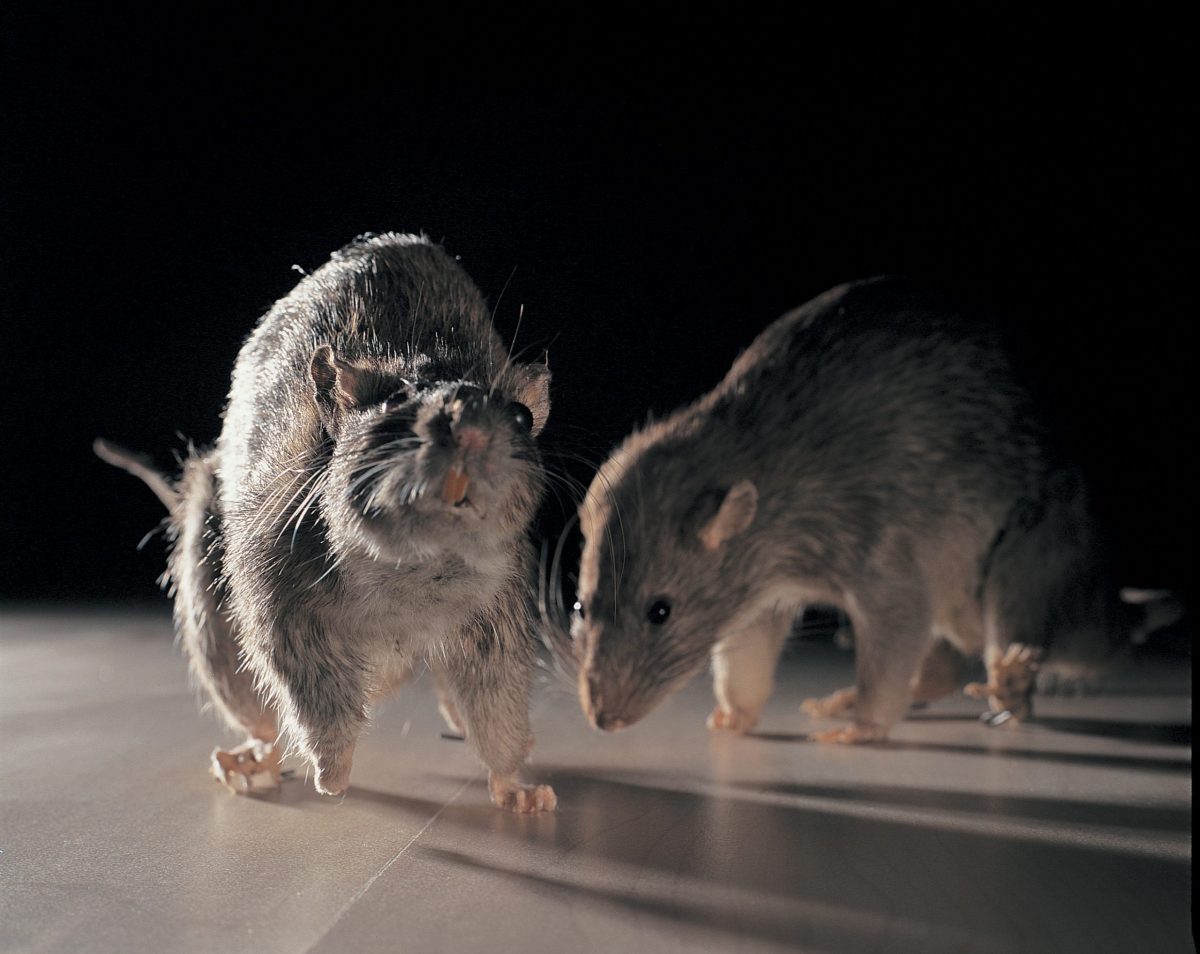
A rat measuring 15 inches (not including it’s tail) was found living in a kitchen of a Swedish family. The giant rodent had gnawed it’s way into the house between a wooden panel and concrete and was living behind the dishwasher.
The Bengtsson-Korsas family from Solna, a suburb of Stockholm called the pest control when they discovered the super sized beast when they took out the bins.
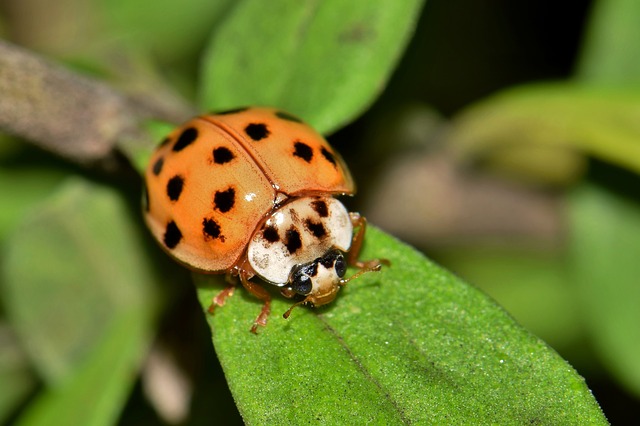 If you have recently noticed in colder months you have an infestation of ladybirds in your home/office etc. mainly around your windows, you probably have an infestation of Harlequin ladybirds. Harlequin ladybirds are not native to the UK. They originate from eastern Asia and are commonly known as the Asian lady beetle outside of the UK. The Harlequin ladybird did not reach Britain until 2004 and has had a detrimental effect on the UK’s native species.
If you have recently noticed in colder months you have an infestation of ladybirds in your home/office etc. mainly around your windows, you probably have an infestation of Harlequin ladybirds. Harlequin ladybirds are not native to the UK. They originate from eastern Asia and are commonly known as the Asian lady beetle outside of the UK. The Harlequin ladybird did not reach Britain until 2004 and has had a detrimental effect on the UK’s native species.
These beetles can be hard to identify because of variations in colour. The two most common are black with big red dots and light red with small black dots.
Harlequin ladybirds are becoming a nuisance pest due to their tendency to overwinter indoors and the unpleasant odour and stain left by their bodily fluids. Sometimes the beetles will bite people.
Harlequin ladybirds can get into houses through the tiniest holes even if windows are closed. There are numerous methods of control that can be used. The best way to control the entry of any beetles is to seal any holes and gaps
found. Pesticides and traps can be used. But I have found the best method of control is to seal any gaps and to use a desiccant dust (a non-toxic silicon based dust) around the seals and hoover up any that may be left. It is the most affective and safest way of solving the problem.
In Britain there are two main types of wasps we deal with. They are the common wasp (vespula velgaris) and the German wasp ( vespula Germanica) there is a third which is manily found in southern areas of Britain called the median wasp (dolichouespula media) which has cause many scare stories in the news known as the Euro-Wasp. The median wasp is the largest in size followed by the German wasp and the common being the smallest.
We treat wasp nests using an insecticide called FICAM D which contains the chemical Bendiocarb 1% w/w. This is a modern biodegradable insecticide that is not highly toxic to mammals, but is extremely so to the hymenoptera group of insects (Wasps, Bees and Ants). The entrance to the nest or the nest itself will be treated using this insecticide. After treatment the nest will remain in a hyperactive state for a few hours, but usually Wasp activity ceases much sooner.
After the treatment many people want the neat removed but this is not always necessary. Firstly if a nest was removed as soon as the treatment was carried out then the wasps that were out foraging would return, find no nest & attempt to rebuild the wasp nest. They only attempt to rebuild the nest if it isn’t there. So we would suggest waiting at least 4 week before any attempt is made to remove it. In a lot of cases the wasp nest is not accessible. The nest may be in a cavity wall or roof area that cannot be accessed.
Being a pest controller we get to deal with many different nests in all sorts of places it’s what makes our job so different and interesting.
Ants are found all over the world wherever you go, there are many different types of ant approximately 11,500 different species worldwide and 47 of these can be found in the UK. The most common type of ant found in the UK is the Black garden ant, the red fire ant and the pharoah’s ant.
Why it is a pest:
Ants are highly organised social insects. The worker ants will invade buildings in search of food. Ants are typically from 3 to 5mm in length and are attracted to sweet foods which they take back to their nest.
Flying ants are the reproductive males (drones), these will develop wings in late summer and future queens will also develop wings in order to mate. Mating happens in the air and the queen will then seek out a suitable nest site where she stays for the winter, laying eggs the following spring in order to start up a new colony. A single queen ant can life for up to 15 years.
What to do about it:
The majority of black or garden ants will only enter your home to search for food and are attracted by sweet and sticky substances. Make sure no food is readily available to become a food source. You can do this by making sure all food is kept in sealed containers, cleaning up any food or liquid spillages straight away and if you have pets clear away your Pet’s food immediately it has finished eating.
Whilst a wide range of DIY Products are available to kill Garden Ants, an established problem may need professional treatment to ensure that it will not reoccur, especially with Pharoah’s Ants as DIY treatments can make the infestation worse.